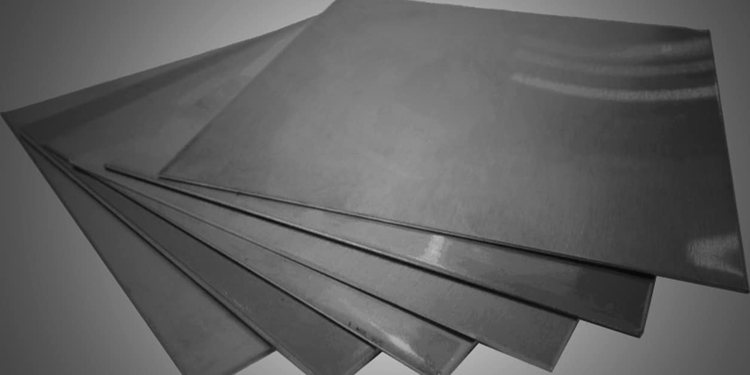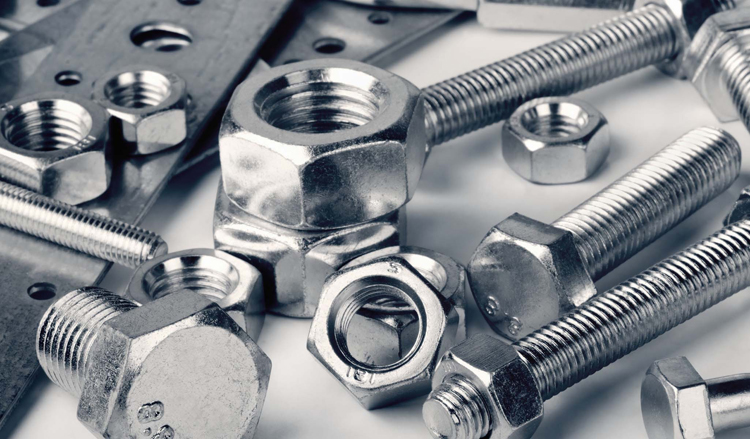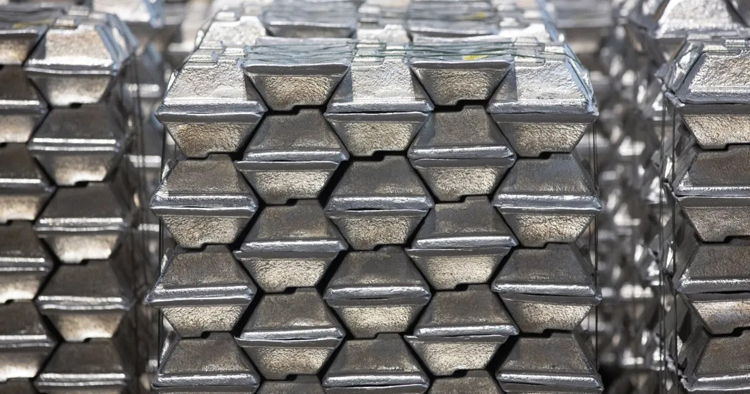What is the difference between 201 stainless steel and 304 stainless steel?
 What is the difference between 201 st...
What is the difference between 201 st...Metal strengthening refers to improving the strength of metal materials through alloying, plastic deformation, heat treatment and other means. The actual strength of the metal is only a few tenths of the theoretical strength, or even a few thousandths. In order to improve the strength of metals, commonly used strengthening methods include deformation strengthening, solid solution strengthening, second phase strengthening, and precipitation strengthening.

With the increase of the degree of deformation, the strength and hardness of the material increase, and the plasticity and toughness decrease, which is called deformation strengthening or work hardening.
With the progress of plastic deformation, the dislocation density increases continuously, resulting in enhanced interaction during dislocation motion, increased dislocation motion resistance, and increased deformation resistance, thereby increasing the strength of the metal.

The degree of deformation increases, and the dislocation density increases continuously. According to the formula Δσ=αbGρ1/2, the strength is proportional to the power of one-half of the dislocation density (ρ), and the larger the Burger vector (b) of the dislocation, the more significant the strengthening effect is .
It is usually strengthened by cold deformation (extrusion, rolling, shot peening, etc.). Deformation strengthening is an effective method to strengthen metals, especially for some materials that cannot be strengthened by heat treatment; it can also deform the metal uniformly and improve the safety of parts or components during use.

Deformation strengthening also brings troubles to the production and use of materials. Deformation increases the strength and reduces the plasticity. Recrystallization annealing is required, which increases the production cost.

The essence of solid solution strengthening is to dissolve the alloy elements into the matrix phase to form a solid solution. Due to the difference in the atomic radii of the two and the change of the lattice, the internal lattice is distorted, so that the strength and hardness of the metal increase, while the plasticity and toughness decrease.
The mechanism of solid solution strengthening is that the solute atoms distort the crystal lattice of the solid solution, which hinders the dislocations moving on the slip surface; Pinning increases the resistance of dislocation movement; third, the segregation of solute atoms in the stacking fault region hinders the movement of extended dislocations.

Within the range of solid solution solubility, the greater the mass fraction of alloying elements, the greater the strengthening effect; the greater the size difference between solute atoms and solvent atoms, the more significant the strengthening effect; the strengthening effect of solute elements forming interstitial solid solutions is greater than that of forming replacement solid solutions. element; the greater the difference in the number of valence electrons between the solute atom and the solvent atom, the greater the strengthening effect.
The commonly used method for solid solution strengthening is alloying, that is, adding alloying elements.

The second phase strengthening generally refers to the particles of various compounds. Dispersing the particles of the second phase by various means can hinder the movement of dislocations inside the alloy, thereby improving the yield strength and tensile strength. Most of the alloys currently used in industry are multiphase or multiphase alloys, and their microstructure is a second phase (excess phase) distributed on the solid solution matrix.
There are three main forms of the second phase in steel, namely network, flake and granular. The network, especially the continuous network Fe3C precipitated along the grain boundary, reduces the mechanical properties of the steel, and the plasticity and toughness drop sharply, and the strength also decreases.
When the second phase is flaky, the smaller the lamellar spacing, the higher the strength, and the better the plasticity and toughness. When the second phase is in granular distribution, the finer the particles, the more uniform the distribution, the higher the strength of the alloy, and the greater the number of the second phase, the greater the harm to plasticity.

When precipitation along the grain boundary, the grain boundary strength is reduced regardless of the form, and the mechanical properties of the steel are reduced. The second phase, whether flaky or granular, prevents the movement of dislocations.
The method of strengthening the second phase is usually to add alloying elements, and then heat treatment or plastic work the morphology and distribution of the second phase.

Grain Refinement Strengthening: As the grain size decreases, the strength and hardness of the material increase, and the ductility and toughness are improved. This phenomenon is called fine grain strengthening. Refining the grains can simultaneously increase the strength and improve the toughness and plasticity of the steel, which is a better way to strengthen the material.
The finer the grains of the alloy, the greater the number of internal grains and grain boundaries. Grain refinement strengthens the material by utilizing the irregularity of the arrangement of atoms on the grain boundary and the characteristics of high atomic energy. According to the Hall-Peich relationship, the smaller the average diameter of the grains, the higher the yield strength of the material.

The methods of grain refinement mainly include: increasing the degree of supercooling during the crystallization process, metamorphism treatment, vibration and stirring methods to increase the nucleation rate to refine the grains. Cold-formed metals refine grains by controlling the degree of deformation and annealing temperature. The grains are refined by the heat treatment methods of normalizing and annealing; strong carbide forming elements are added to the steel.
When the grain size is smaller than the critical dimension dc, the inverse Hall-Page phenomenon occurs, that is, the strength decreases with decreasing grain size.
 What is the difference between 201 st...
What is the difference between 201 st... Why is 316 stainless steel better tha...
Why is 316 stainless steel better tha... 400 series stainless steel science
40...
400 series stainless steel science
40... How to distinguish the processing tec...
How to distinguish the processing tec... Non-standard design materials of bras...
Non-standard design materials of bras... What type of titanium alloy does Tc4 ...
What type of titanium alloy does Tc4 ...